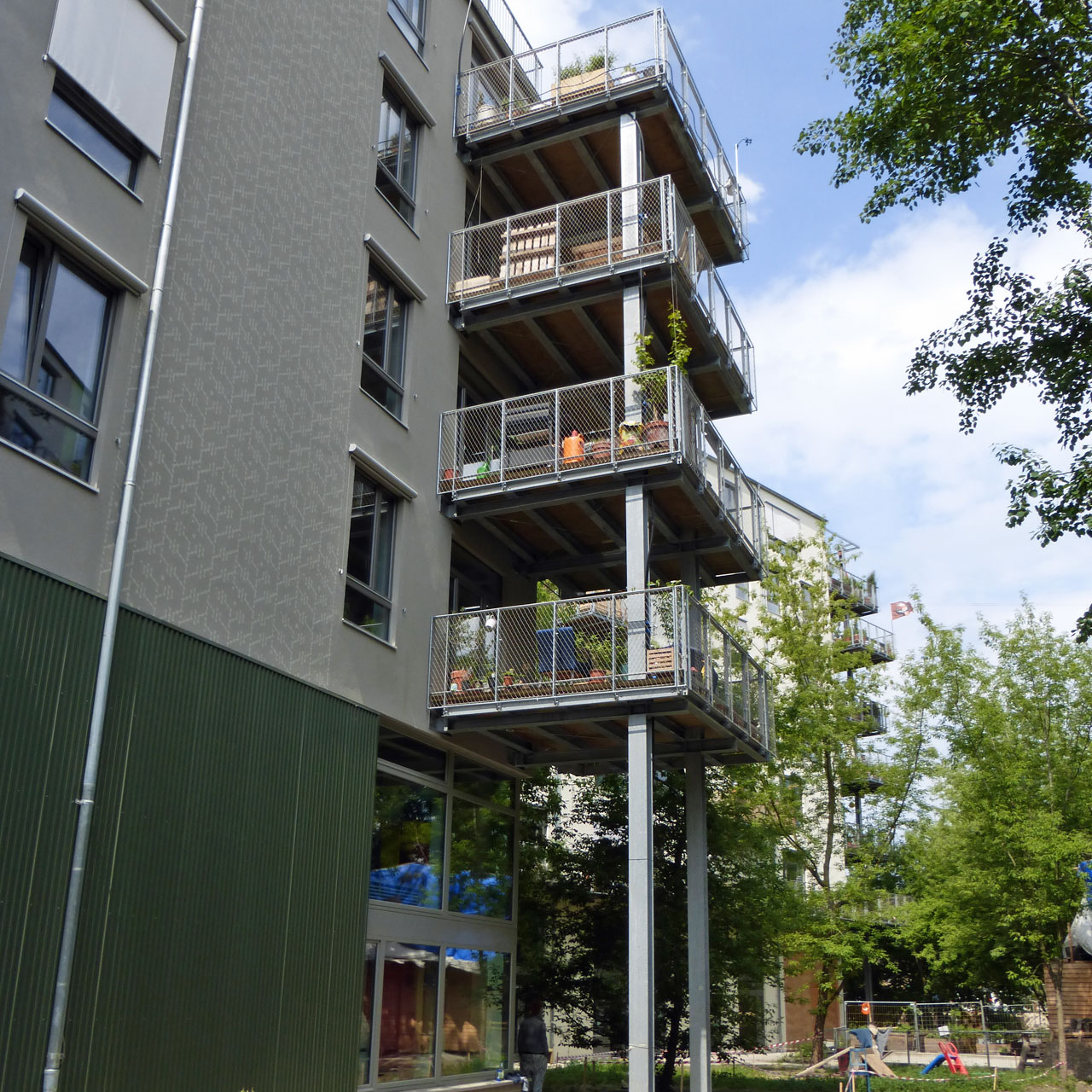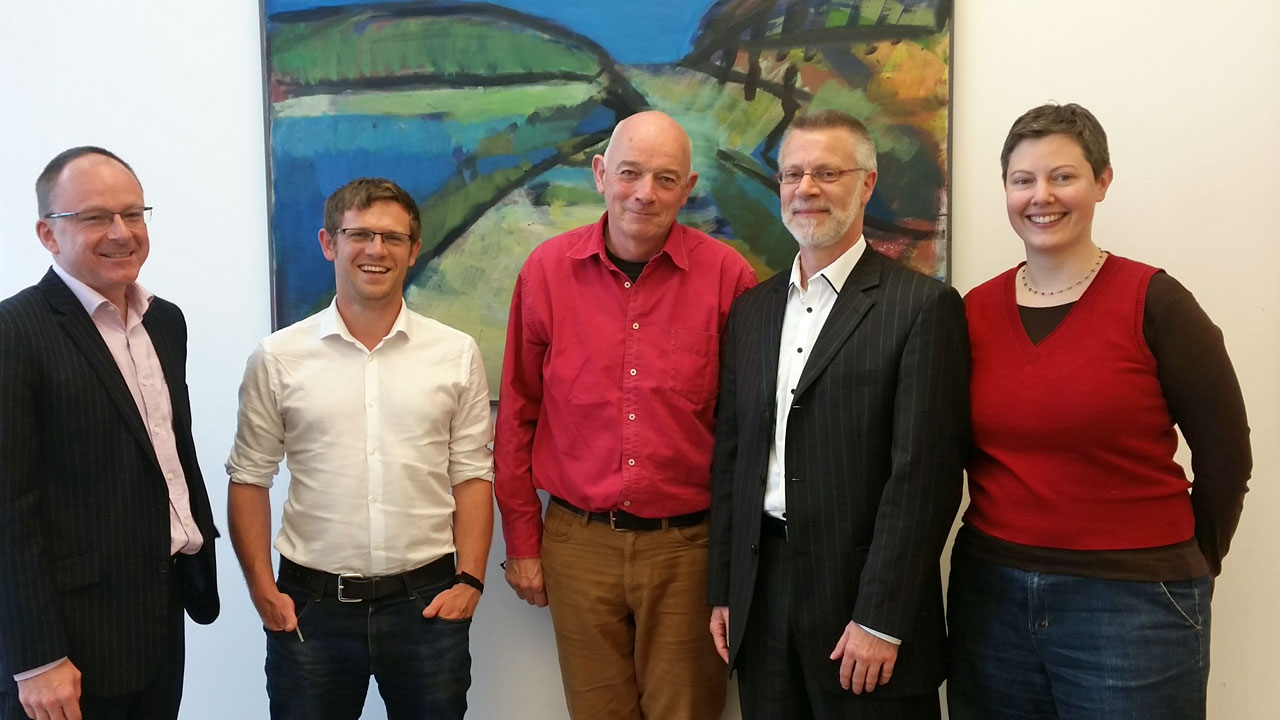Our latest study visit took us to Hamburg, Potsdam and Berlin in mid-May – these three cities that are leading the way on innovative collective custom build solutions. The main focus of this trip was on how projects like this can be delivered with support from councils, and how groups can secure the finance they need to build their collective developments.
Hamburg was very impressive – it has set up its own in-house team to drive the delivery of more collective custom build solutions, and it allocates 20% of all the housing land it facilitates for group schemes. So, for example, on the huge Altona regeneration site a range of group-led developments are in the pipeline, some available for owner occupation; others set aside for social rent.
Elsewhere in the city there are numerous good examples – from new waterfront housing schemes in the Hafen City development, to projects that have converted redundant schools into homes, and a terrific mixed scheme that accommodated families with children, elderly single women and a number of people with dementia in a supported care centre.
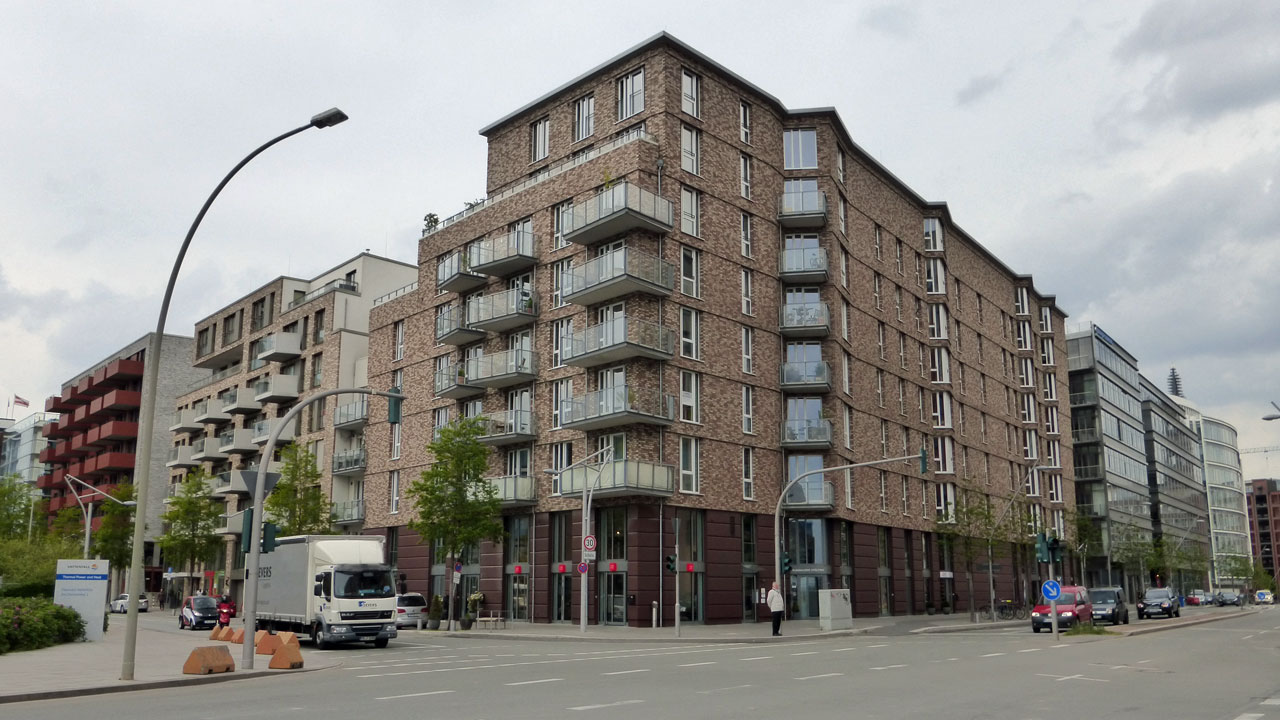
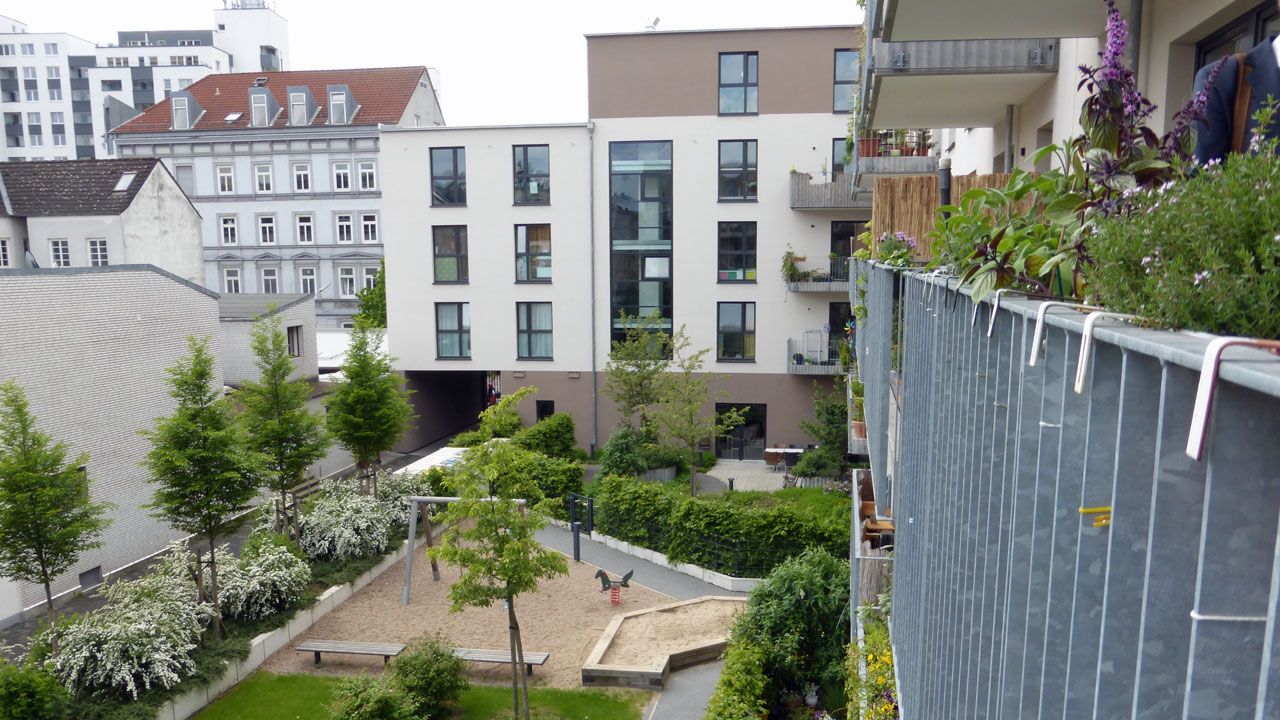
Potsdam is also keen to encourage group projects and the council there has just identified five tracts of land – of between 880 and 1300 sq m – that have been reserved for collective projects. Nineteen different groups have been formed locally, and they are currently in the process of submitting their proposals for the plots, with the winners due to be selected later in the summer.
Where land has been allocated for group projects the councils set a fixed asking price per square metre, and provides a basic brief that broadly sets out what the planners are looking for. The collectives then submit their proposals – in concept form – and the winner is selected, based on the robustness of their group, their financial capability and the appropriateness of their concept/outline design. We will be preparing a detailed Briefing Note on this process as part of our Toolkit.
While in Potsdam we also saw an interesting, low cost group built project. Constructed to passive house standards the seven families involved in this development managed to finance the project on very modest incomes, and they now all pay extremely affordable rents.
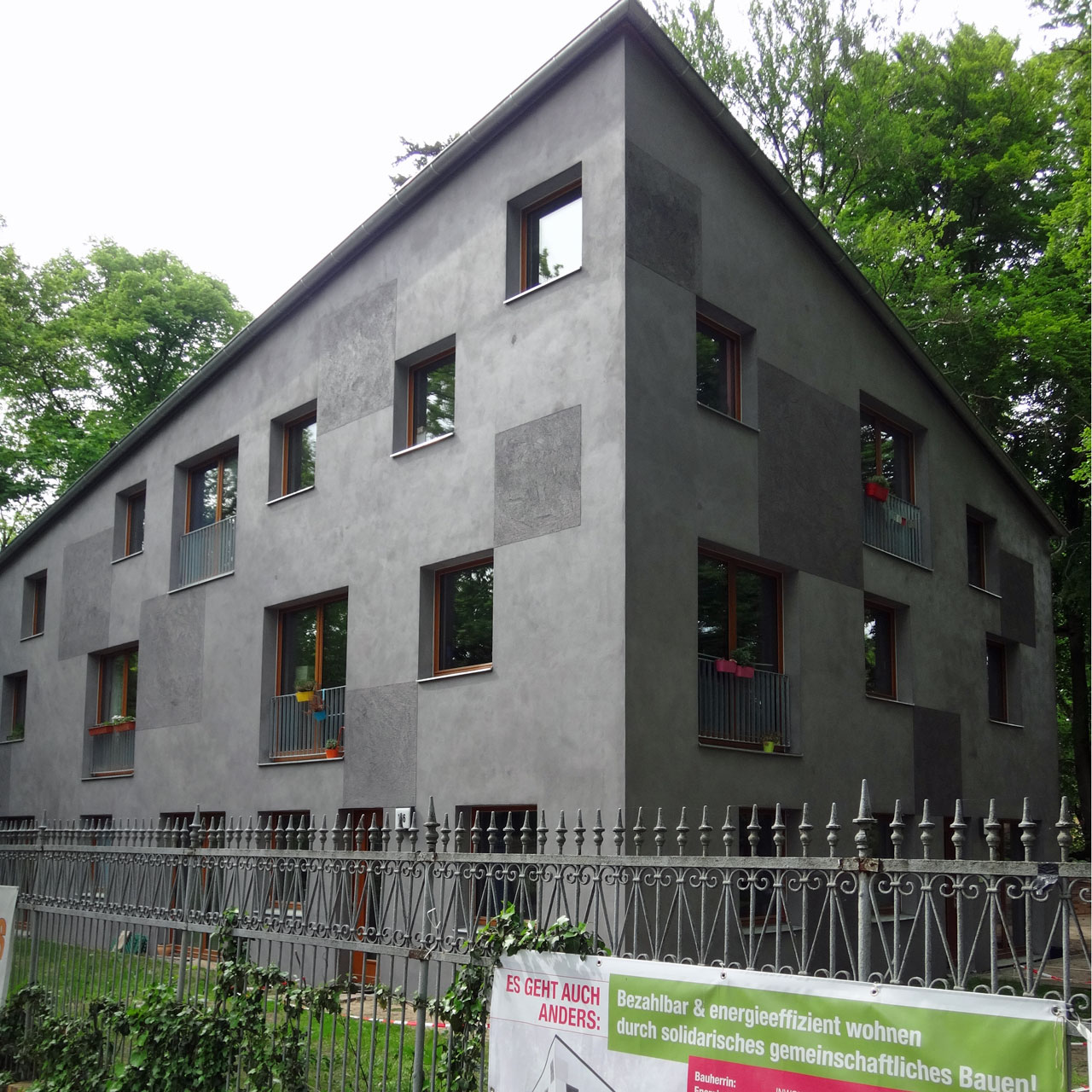
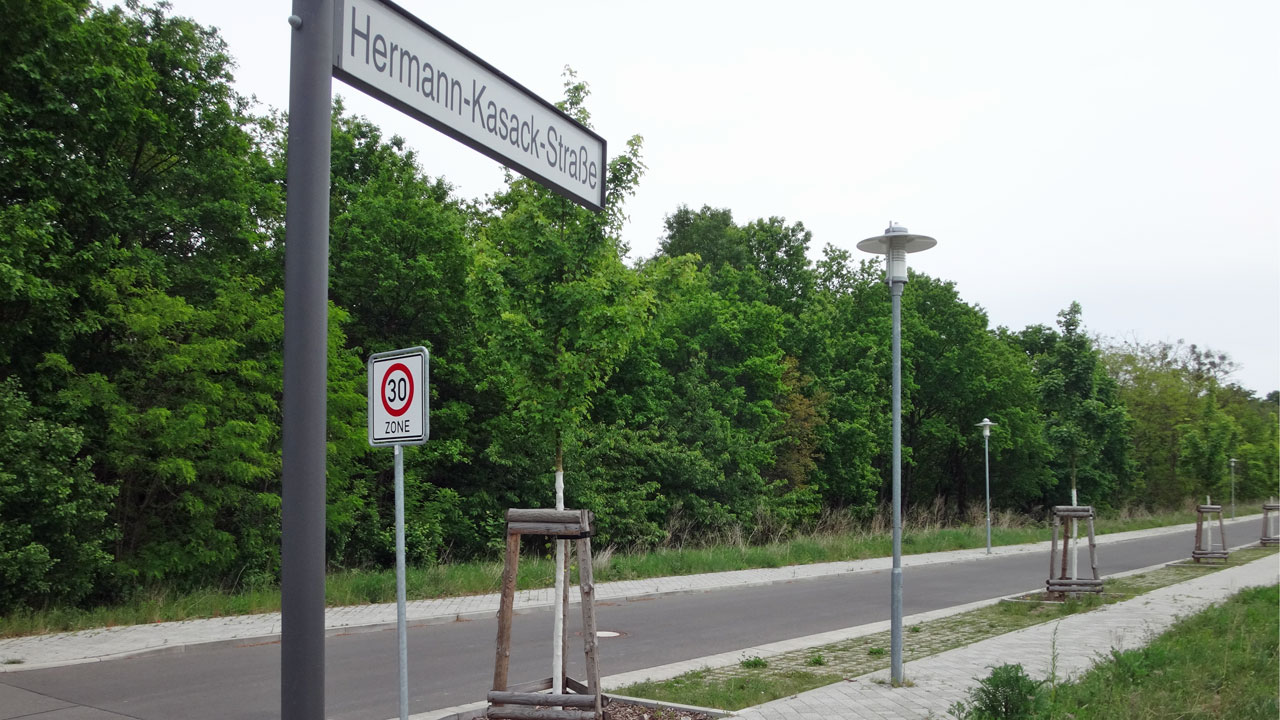
In Berlin we spent more time with the local agency that helps groups to come together, and then assists them to find land so they can get their projects underway. In the last year the agency’s focus has changed, and it is now working with most of the main ‘housing associations’ in the city – helping groups to team up with them to facilitate their projects. Five groups are already working with these organisations, and will be building their homes over the next year or so.
We also had some useful meetings with the main banks that support group projects. Between them these lenders typically provide Euros 100-200 million a year to fund group schemes, and over the last decade they’ve financed around 300 projects that have delivered many thousands of new homes. We now have a good understanding of how the German banks support these projects, and the skills and expertise groups need to muster if they are to get funding.
All of this will be invaluable as we begin to develop our thinking and recommendations to the UK finance sector later in the year.
